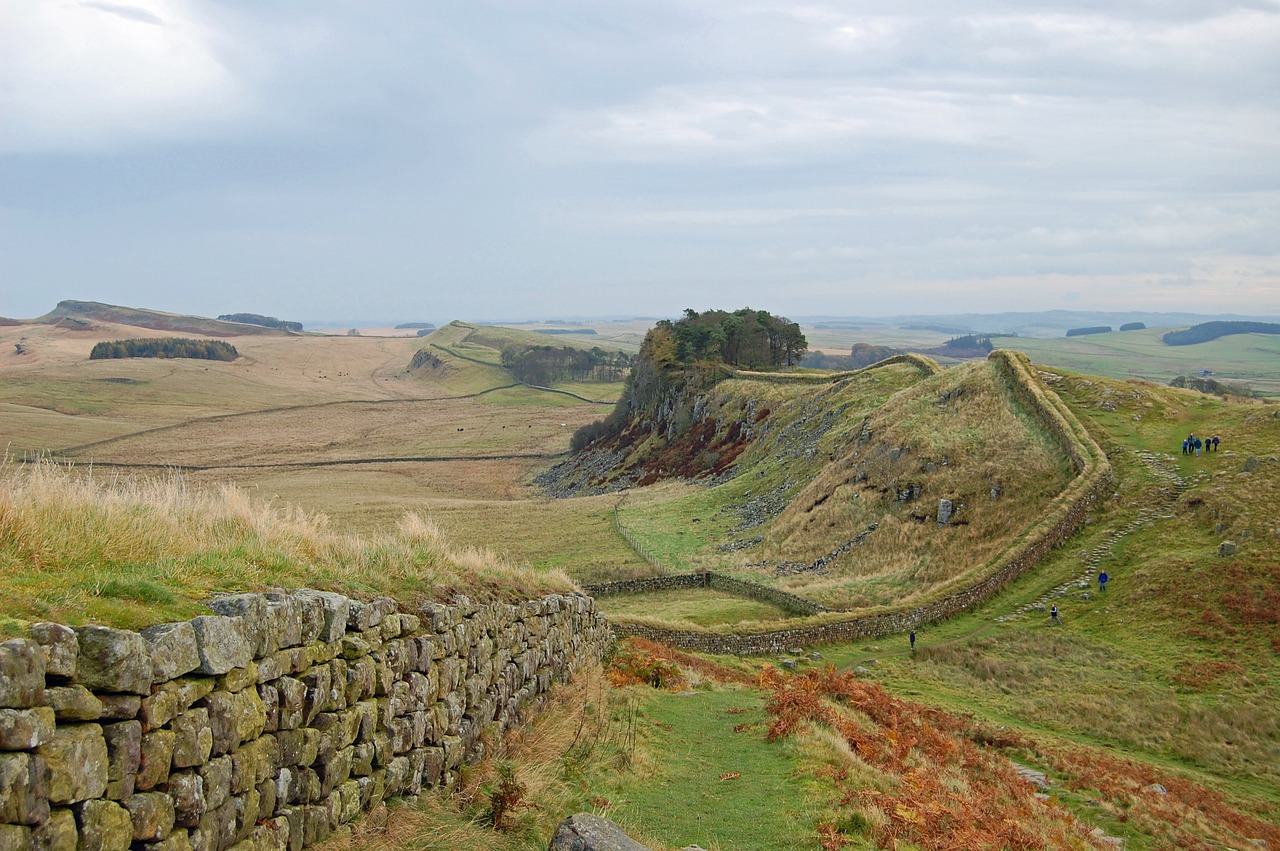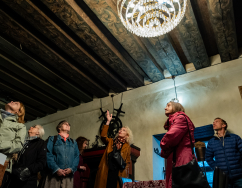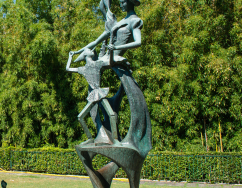European Heritage Days Article:
Event Ideas for Demonstrating Cultural Connections Throughout History
European Heritage Days Article:
Event Ideas for Demonstrating Cultural Connections Throughout History
This article looks at examples of topics which can be used to uncover cultural connections across Europe throughout history, with ideas and links to resources to help organisers plan event programmes as part of this year’s theme.
Exploring the Cultural Connections of Historic Ages
One way to approach this year’s theme is by looking at how cultural heritage developed during different historic time periods. One example might be to consider the networks created during the Roman Empire which once stretched across much of Europe and beyond. This might include tracking the physical routes and roads created or thematic connections such as architecture. Helpful resources for this topic are UNESCO’s ‘serial’ World Heritage Frontiers of the Roman Empire listings which link border lines in Austria, Slovakia, Germany, the Netherlands and the UK through aspects of their cultural value. Other specific examples from the Cultural Routes of the Council of Europe might include a focus on the Iron Age Danube Route which could look at the sharing of technological innovations and early attempts to unify territories, events about the Viking Route could show how connections developed through language and trade, the Routes of El legado andalusí could be used to highlight how this Spanish-Muslim civilisation bridged East with West through eight centuries of art and culture, while looking at the Via Habsburg could assess the influence of this royal house and its legacy on history and geography. Events could discuss the connections created by historic epochs, dynasties and civilisations through intangible cultural heritage, cultural identity and the development of social practices, or show how their networks of trade, culture, and governance shaped the course of history. Exhibitions or guided tours could also consider how material artefacts such as those found through archaeology or the shared architectural styles of buildings can provide reminders of historic connections. A more recent example might be to look at the Cold War era, perhaps by following part of the Iron Curtain Trail which links 20 countries, or by exploring this period within the context of a discussion of the Council of Europe's values of fostering dialogue, understanding, and cooperation among European nations.

Tracing Europe’s Cultural Heritage Through Journeys
Traces of historic roads and paths are a reminder that people have always been on the move and that there is much to learn from their intertwined histories. For example, the historic journeys of pilgrims put them in contact with new traditions, languages and ways of life at a time when long-distance travel was rare. Highlighted pilgrimage ways dating back as far as the Middle Ages are included in the Cultural Routes listings and amongst these are the Route of Saint Olav Ways through Northern Europe and the Via Romea Germanica which links towns and cultural sites in Austria, Germany and Italy. Events focusing on these routes could include looking at the buildings which connect them such as places of worship, accommodation and hospitals as well as exploring the legends, traditions and folklore which originated and flourished along these paths. Organisers might also consider the role of pilgrimage routes which are still in use today, and how these continue to provide connections whether religious or through tourism. Migration is another important way in which cultural heritage has travelled, been shared and evolved across Europe. The heritage stories of migrant groups and the complex relationship between migration, identity and heritage are particularly relevant to this theme. Events might include looking at the 17th century exile of the Huguenot and Waldensian Trail to trace their 2,500km journey and integration into host countries, or take inspiration from the Tales of the Primeval Stenkulla Rock European Heritage Days Story which encouraged new residents in Finland to feel part of the history of the area through analysis and education about the archaeology and history of immigration over the past 10,000 years.
Connecting the Culture of the Past with the Modern World
Connections between the past and modern world can be found in many different aspects of life, and demonstrating how these relate to people today can be an interesting avenue for events. One way to show cultural connections through time could be to examine the enduring legacy of the past. This is a key part of the Ancient Europe World Heritage Journey collection in which the featured places and itineraries of these sites are linked through cultural themes such as theatre, medicine and urban design to consider the ways in which people today are connected with the past through the continuing importance of the technological and creative innovations of the ancient world. Another concept might be to consider how language provides connections to history. Events based on this might trace the impact of historic languages on the evolution of modern European languages, or the continued use of languages such as Latin and Ancient Greek in medical terms and the scientific naming of animals and plants. Events might also contemplate the everyday knowledge used today to investigate how scientific development and inventions have been shared and developed through history and across societies. Examples might include the history of timekeeping and calendars, weights and measures or mathematics and computing, but there will be many other topics which can tell us about how the present connects us with the past, and organisers are encouraged to create a varied programme of events looking at a wide range of subject matters!
More ways to explore this year’s theme can be found in the Routes, Networks and Connections brochure, while ideas about exploring physical routes, highlighting digital networks and celebrating Europe’s artistic legacy can be found in other articles on our news pages.


